Tales of unsuccess stories
This article was published in ThoughtLeader4FIRE and reproduced with their permission.
You have probably read many success stories in the area of asset tracing investigations, whether perfectly true or slightly altered to look nicer.
Of course, a number of these operations are actually successful, and allow the creditors to identify and attach substantial assets. But creditors should be aware that whatever the financial and other efforts engaged into well- executed asset tracing investigations, success in recovery is far from guaranteed due to multiple factors. Let us consider a number of “unsuccess stories” that illustrate the point.
First, some current debtors used to be prosperous business people, and may be wrongly still considered as such.
A creditor might believe that the debtor’s failure to repay debts is explained by dishonesty and bad faith, and will be convinced that the debtor in question hides some wealth somewhere. However, evidence gathered during the investigation may uncover a much less favourable situation. This is illustrated by the case of this debtor from Central Asia, who used to hold stakes in large mining operations and travel aboard his own private jet.
All evidence of substantial wealth found during the investigation pointed towards a successful period about a decade ago, while the recent years had been characterized by financial losses and sales of assets. These findings obviously came as a disappointment to the client, whose hopes were strong at the beginning of the research.
In addition, such cases always leave an impression of unfinished business, as it is impossible to bring absolute proof that the debtor’s substantial assets have all been dissipated: the hypothesis that some assets have been discreetly concealed from view, somewhere in a friendly jurisdiction, can never be ruled out. In a minority of cases, evidence of the debtor’s shrinking wealth may in fact be indicative of a sophisticated scheme to evade creditors.
Second, the investigation may be successful in identifying relevant and substantial assets. However, significant difficulties may emerge in the course of the recovery process.
An illustration is the case of this senior executive who had embezzled several millions from his employer. Research showed that a substantial part of this amount had been invested in real estate properties in the UAE. However, these properties were registered in the name of a relative. As a result of various legal hurdles, as well as the fact that it was quite impossible to demonstrate that the debtor was the actual beneficial owner of the properties, the client abandoned all proceedings in the UAE and recovered only small amounts in a EU jurisdiction. Creditors’ frustration may also arise from the use of the identified assets, which may prevent recovery.
For instance, research in France had identified a luxury apartment that was owned by an African State, subject of the investigation. Although there was evidence that the apartment was used for private purposes by individuals close to the ruling family, the African State successfully contended that the apartment was dedicated to consular activities. As a result, the client did not manage to attach this property.
Third, a gap may appear between the clients’ initial beliefs, and the situation depicted by the research.
This will of course generate some disappointment amongst the creditors, in spite of – or due to – the thoroughness of the investigation. For instance, a creditor was initially convinced that the debtor company owned assets in Singapore, in the form of affiliates, participations, or storage assets. Research showed with certainty that this was not the case. Along the same lines, a client had instructed us to identify the villa in Spain of an individual debtor. The investigation brought proof that the debtor did not own any property in the whole of Spain; however, a villa was identified that was rented by the individual every Summer.
Fourth, asset tracing investigations may result in very solid assumptions about the ownership of some assets, while the absolute evidence will be missing, thus compromising the asset recovery action.
Let us consider the example of this villa in the South of France, which was occupied by a Russian individual owing a few millions to our client. The villa was owned through a French special purpose real estate company, which was itself controlled by a holding company in a Southern EU country.
Research in that jurisdiction showed that some of the corporate filings were missing at the corporate registry, and that the UBO declaration had never been filed. There was evidence that the individual debtor had been a Director of the holding company in the past, but proving that he was its current beneficial owner was impossible. In another case, a local news article reported that the subject of our research had co-invested in a company in St-Moritz (Switzerland) that owned a restaurant.
However, research in corporate filings did not identify any trace of this investor, which was not surprising since limited companies are under no obligation to declare their shareholders.
Finally, research might unveil strong evidence that the subject debtors have gone broke.
While this is in principle a source of disappointment to the creditors, this conclusion may help make the decision to close a case, and avoid further costs in terms of legal fees as well as case management. For instance, an individual debtor in France owed various small amounts to both the tax authorities, and the real estate company that managed the building in which he owned an apartment.
If this debtor had hidden substantial wealth from his creditor through a sophisticated arrangement, why would he have incurred small additional debts that would reduce his creditworthiness and damage his reputation? Along the same lines, a Swiss company indebted to our client had several liens recorded against itself. As counterparties in Switzerland regularly check these liens before committing to a business relationship, it was obvious that the debts displayed by the subject company were indicative of true financial difficulties.
As shown by the few examples above, an asset tracing investigation is no miracle weapon but rather a tool that will unveil the reality of the debtor’s asset and wealth position. This reality might be as diverse as anything else in life, and be favourable, or not, to the creditor. In addition, the gap may never close between the successful identification of substantial assets, and the actual recovery.
A true success story requires an alignment of factors that combine into seamless recovery proceedings. An asset tracing investigation is only one of these factors, whatever its quality of execution.





